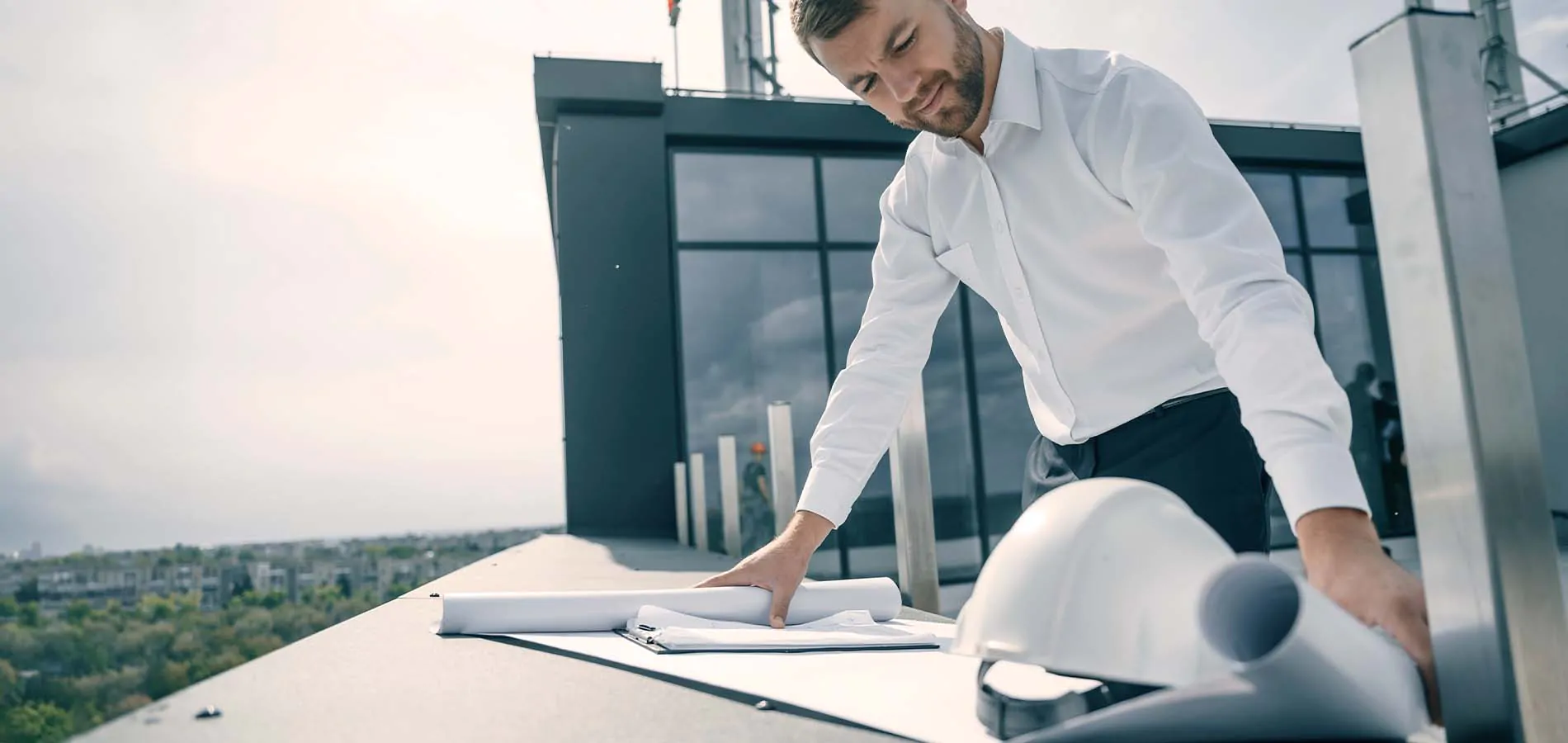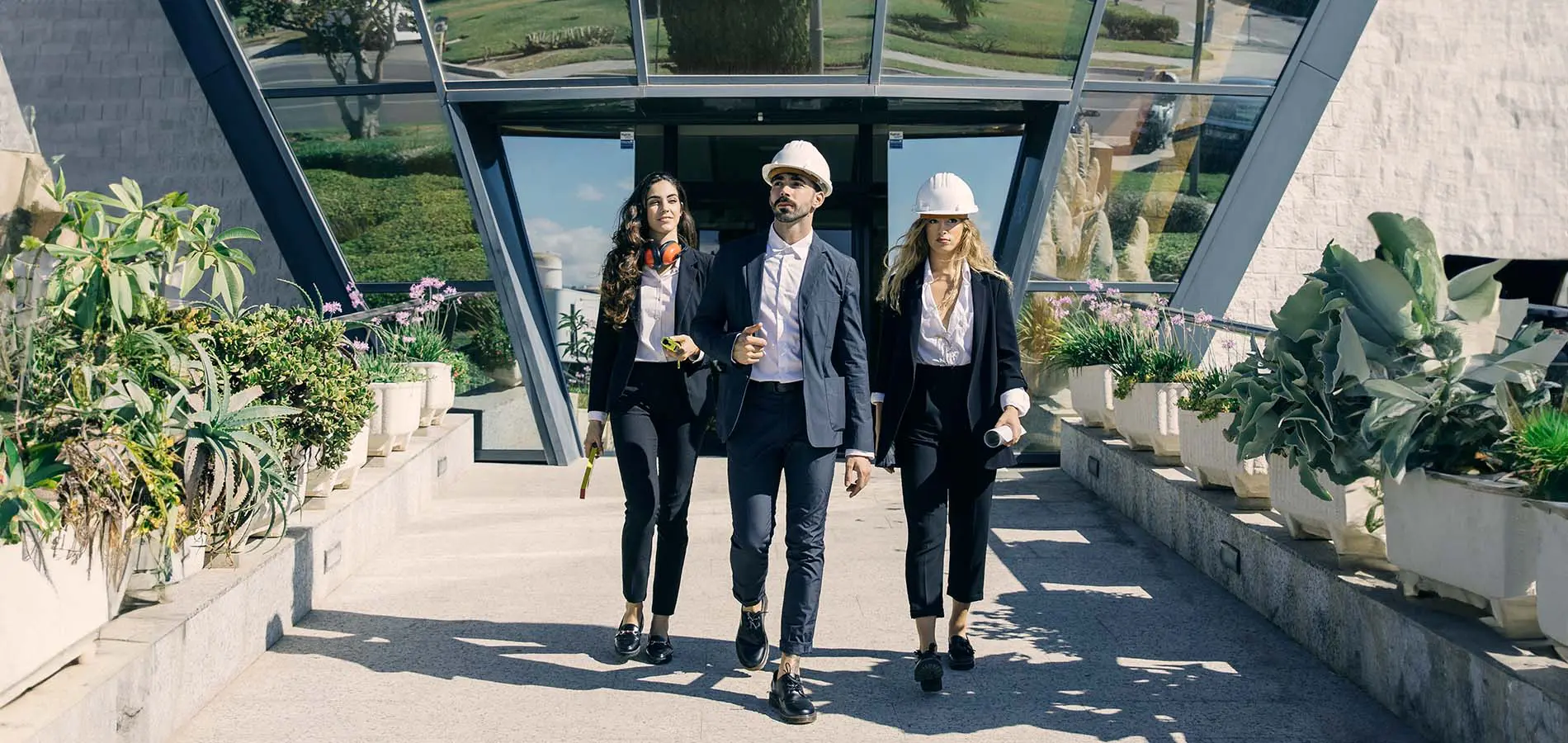
Sustainability
Acting to generate a positive social and environmental footprint
Sustainable projects
We contribute to global challenges by acting locally in the environments in which we operate.
which is why our projects are always designed under the principles of sustainability and innovation established in our corporate policies.
Thanks to our efforts in R&D&i and the conviction that innovation must be a way to achieve cleaner and more targeted activities, we execute construction projects and conservation services sustainably. We do this by designing and constructing works to reduce or eliminate adverse impacts and create positive effects on the climate and the natural environment. For this, we rely on Green Construction or Sustainable Construction.
Among the various projects that Sando has developed that contribute to the environment, the following are worthy of note:
RECYCLED ARID:
aimed at verifying the technical suitability of waste from construction activity and its use as materials for manufacturing road surfaces, preserving the quality and durability of these. Recycling and using CDR means less pollution and environmental improvement, as it reduces the consumption of new natural resources.
AMBIENTALE
Project to develop a tool for obtaining environmental parameters relating to the control and improvement of the safety of wastewater treatment plants (WWTP). The main aim is to collect data on the concentration of suspended particles and potentially dangerous gases through sensors and drones measuring different environmental conditions. The objective is to eliminate or reduce potentially dangerous risks affecting ambient air quality.
GENESI
proposes using silent and non-polluting generating sets in urban environment conservation works. Its technology reduces CO2 emissions by 2,760 kg per work team per year. It helps to reduce noise and pollutant gas emissions while reducing the risk of fire and explosion, is suitable for use even in closed environments and saves energy costs.
VICTORIA
consists of modifying 100% electric city buses to equip them with an induction charging system to give them greater autonomy than conventional electric buses. It was the first project of its kind in Spain. It allows charging not only in depots during the night but also partial charging at static inductive charging stations and on dynamic inductive charging rails along the route of the urban line. With Victoria, we aim to promote an alternative system to the use of fossil fuels for mobility through the use of technology that provides an induction charging system for urban buses and thus contributes to the sustainability of cities and improves the lives of their inhabitants.
IESEI
It consists of the construction, using innovative construction techniques, of seismic-resistant, sustainable and energy-efficient residential buildings that withstand the activity of the areas of greatest seismic stress. It seeks to create smart buildings throughout their life cycle. It is also designed to reuse most of the materials used in its construction, responding to the cycle “assembly, useful life, disassembly, reuse”.
RECONLOD
a project to restore spaces degraded by construction-related activities in arid areas. This is achieved through the inoculation of soil cyanobacteria, microorganisms that live in the soil and which, through the formation of biocrusts, maintain the cohesion or foundation of the soil, preventing soil erosion. As well as introducing indigenous plants supported with amendments from sludge from Waste Water Treatment Plants (WWTP).
Through this project, the restoration of areas affected by construction and the preservation of arid ecosystems at greater risk of degradation is achieved, as well as the reduction of the use of fertilisers, which are highly polluting.
MUDS
MUDS: Project aimed at the use and exploitation of materials from excavations, such as diaphragm walls, for use in the work itself after treatment, avoiding the generation of waste. The impact of the opening of sludge landfills, vehicle traffic between construction sites and landfills is minimised, and the risk of sludge leaks during transport to the landfill with possible accidents due to slippery pavements.
ATMOSPHERIC
Development of a system to assess the impact produced by the Waste Water Treatment Plant (WWTP) activity. The aim is to generate an odour management system controlled by odour dispersion software that is fed by dynamic olfactometry data and meteorological data stored on a proprietary server. This provides a system that can be adapted to assess odour emissions from the different installation sources, anticipate the impact and modify it to improve the well-being of the populations living near the WWTP.
UAV-GRASS
a methodology that includes a database for identifying and solving problems in green spaces using precision agriculture techniques through airborne sensors in UAV systems or drones. The result is a series of experimental procedures based on multispectral and thermographic images, saving water resource consumption and reducing pollutants from nitrates, pesticides, etc.
SERVECO
a methodology oriented towards the valorisation and promotion of the ecosystem services of urban trees. The methodology will be validated through an experimental design using remote sensing techniques integrated with sensors. The outcome will be experimentally tested data to determine the effect of urban forestry on carbon footprint, urban air pollution and urban environmental comfort. It becomes an essential tool for assessing the amount of green spaces and green belts needed to minimise urban pollution.
SERVIHOFOTO
the project involves designing, developing and testing a new horizontal signage system based on the photoluminescent properties of some materials for use as night-time lighting elements. This new horizontal signage reduces waste generation, improves the durability of signage systems and reduces environmental impact.
More about sustainability

Quality

Sustainable projects

CSR – Social Action

SDGs – Sustainable development goals

Strategy